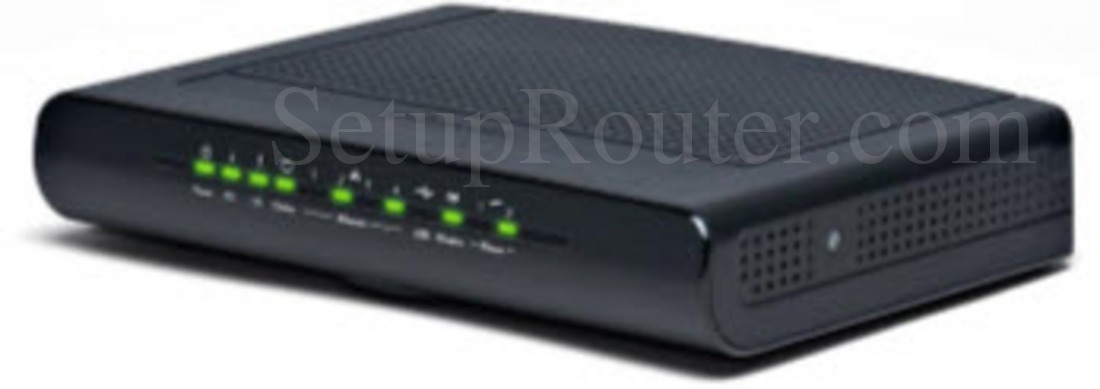

The first four digits are validated as one sequence and the last three as another, resulting in only 11,000 possible codes instead of 10 million. It's actually seven digits plus a final checksum digit. That eight-digit PIN isn't even really eight digits, Horowitz explained. So a plumber comes over to your house, turns the router over, takes a picture of the bottom of it, and he can now get on your network forever." "That eight-digit number will get you into the no matter what. "This is a huge expletive-deleted security problem," Horowitz said. Even if the network password or network name is changed, the PIN remains valid. Worst of all is Wi-Fi Protected Setup (WPS), an ease-of-use feature that lets users bypass the network password and connect devices to a Wi-Fi network simply by entering an eight-digit PIN printed on the router itself.

( Linksys quickly issued a firmware patch.) In 2014, a router worm called TheMoon used the HNAP protocol to identify vulnerable Linksys-brand routers to which it could spread itself. In and of itself, it's not such a big deal," Horowitz said.īut, he added, "UPnP on the internet is like going in for surgery and having the doctor work on the wrong leg."Īnother problem is the Home Network Administration Protocol (HNAP), a management tool found on some older consumer-grade routers that transmits sensitive information about the router over the Web at IP address]/HNAP1/, and grants full control to remote users who provide administrative usernames and passwords (which many users never change from the factory defaults).

"UPnP was designed for LANs, and as such, it has no security.

Millions of routers throughout the world have the Universal Plug and Play (UPnP) networking protocol enabled on internet-facing ports, which exposes them to external attack. Some other devices will not accept passwords longer than 16 characters - the minimum length for password safety today. Many consumer-grade home-gateway devices fail to notify users if and when firmware updates become available, even though those updates are essential to patch security holes, Horowitz noted. "A compromised router can spy on you," Horowitz said, explaining that a router under an attacker's control can stage a man-in-the-middle attack, alter unencrypted data or send the user to "evil twin" websites masquerading as often-used webmail or online-banking portals.


 0 kommentar(er)
0 kommentar(er)
